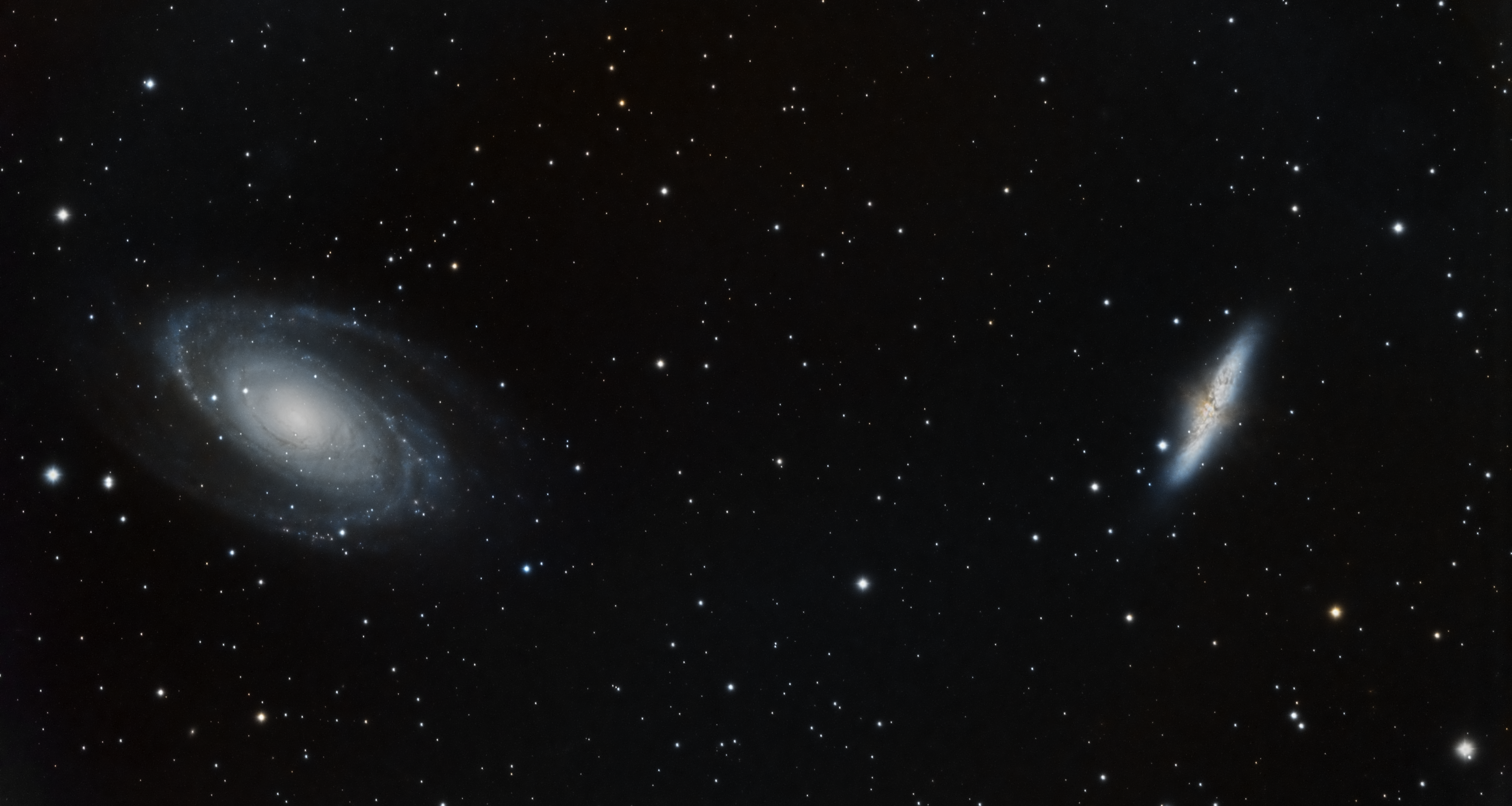
Similar Posts
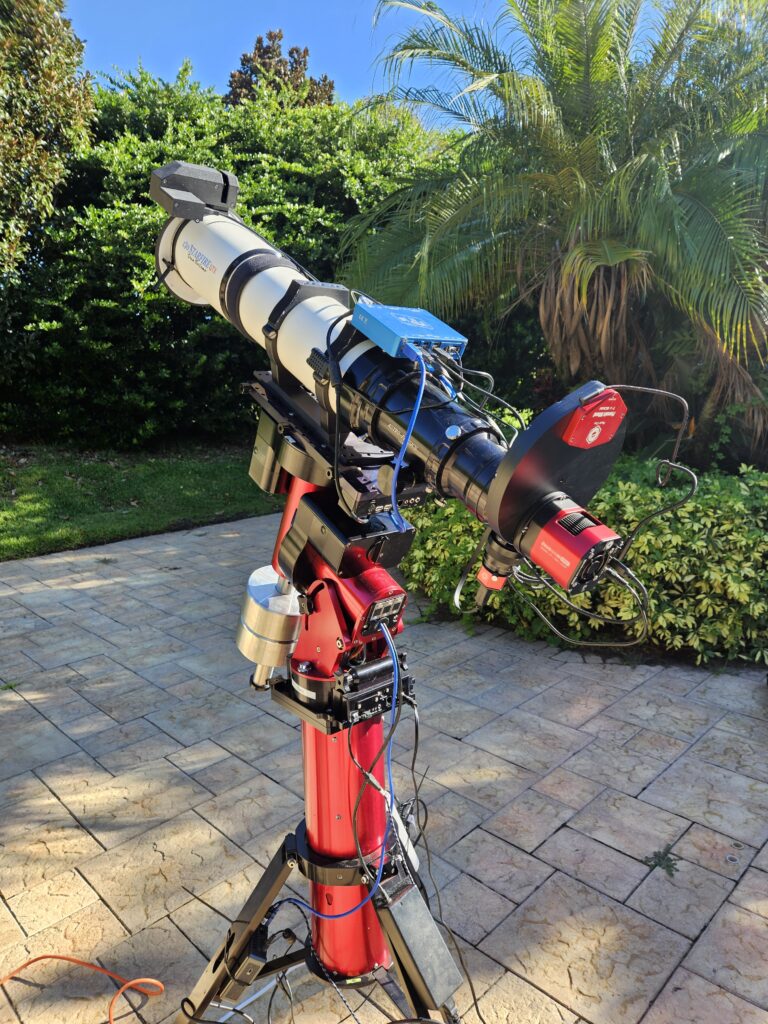
Introducing: Son of Scopey McScopeFace!
There’s a reason I’ve been quiet lately – we sold our house and are in the process of moving to Los Angeles! Also, Florida’s weather hasn’t been terribly cooperative either. The sad news is that we had to leave the observatory behind, and I donated its equipment to the Central Florida Astronomical Society, as LA…
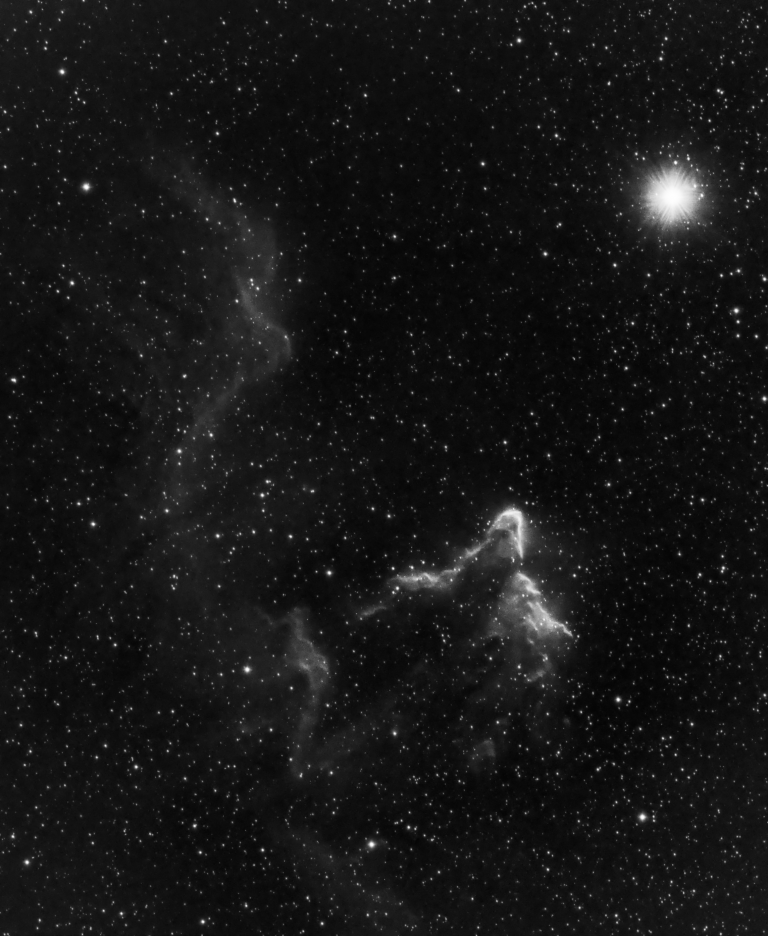
The Ghost of Cassiopeia
It doesn’t take much imagination to see a ghost leaving a trail of ectoplasm in this cloud of Hydrogen gas, lit up by the bright star Navi. To keep with a spooky and ethereal theme, I photographed this object in monochrome using only a Hydrogen-alpha filter.
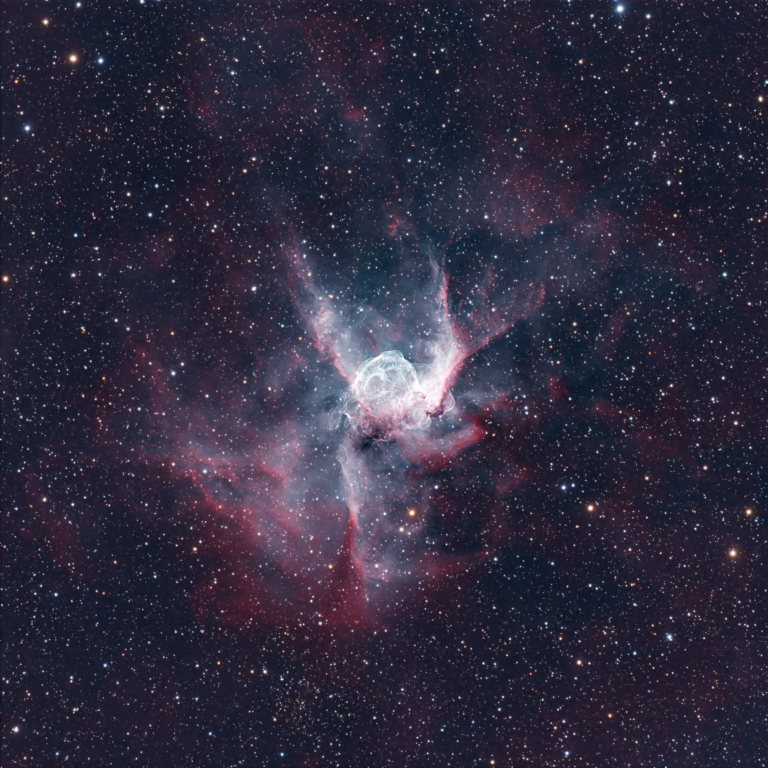
Revisiting “Thor’s Helmet”
Domey McDomeFace’s days are numbered, I’m afraid! Our property is up for sale, and hopefully its new owner will continue to use it to produce amazing images of their own. Meanwhile, I’m taking advantage of every clear night I can, while we’re still here. Here’s one of my favorite objects: “Thor’s Helmet” or NGC2359. Like…

A bunch of galaxies in Pegasus.
There are two different clusters of galaxies in this image – the large galaxy you see is NGC 7331, part of the “Deer Lick Galaxy Group.” The smaller galaxies you see surrounding it (sometimes called “The Fleas”) are actually about ten times further away than NGC 7331. In the corner, you’ll see “Stephan’s Quintet,” a…
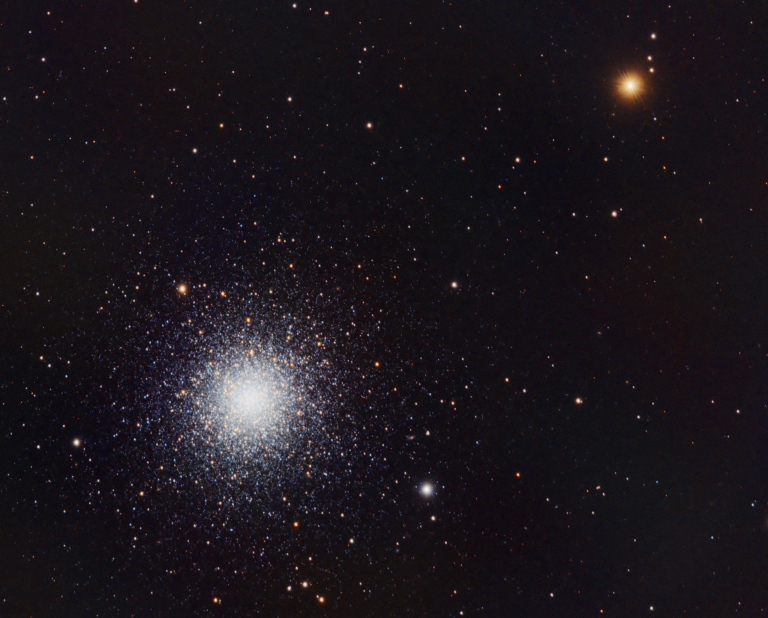
Revisiting globular cluster M3
Located about 34,000 light-years away within the constellation Canes Venatici, this tight ball of half a million stars formed just outside the disk of our galaxy – and so its stars never got mixed in with it. They’ve just been sitting there for over 11 billion years. One of the prettiest globular clusters in the…
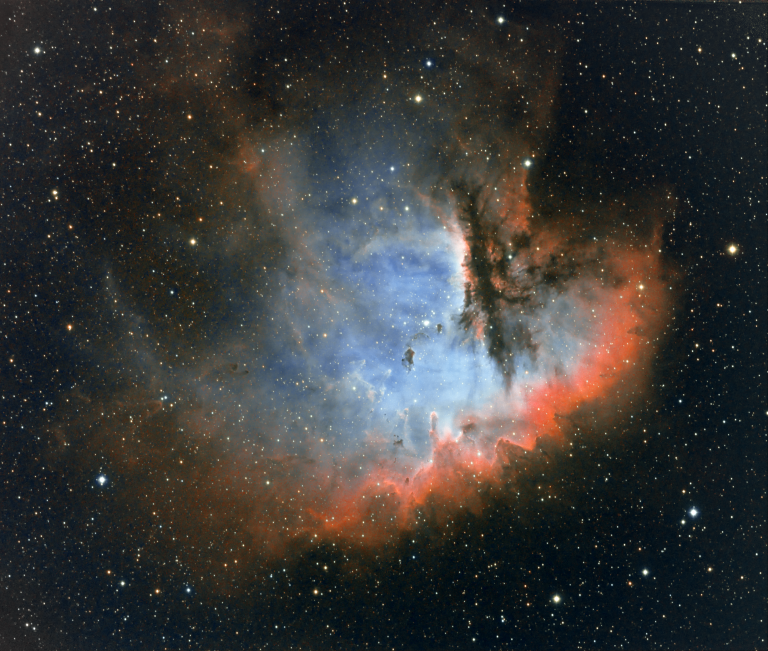
The “Pac-Man” Nebula?
This gorgeous nebula, formally known as NGC281 in the constellation Cassiopeia, goes by the informal name of “The Pac-Man Nebula.” I don’t see a Pac-Man. I think it’s a case where if you look at it through a telescope with your eyes, you only see the brightest parts – and then, maybe it looks a…




